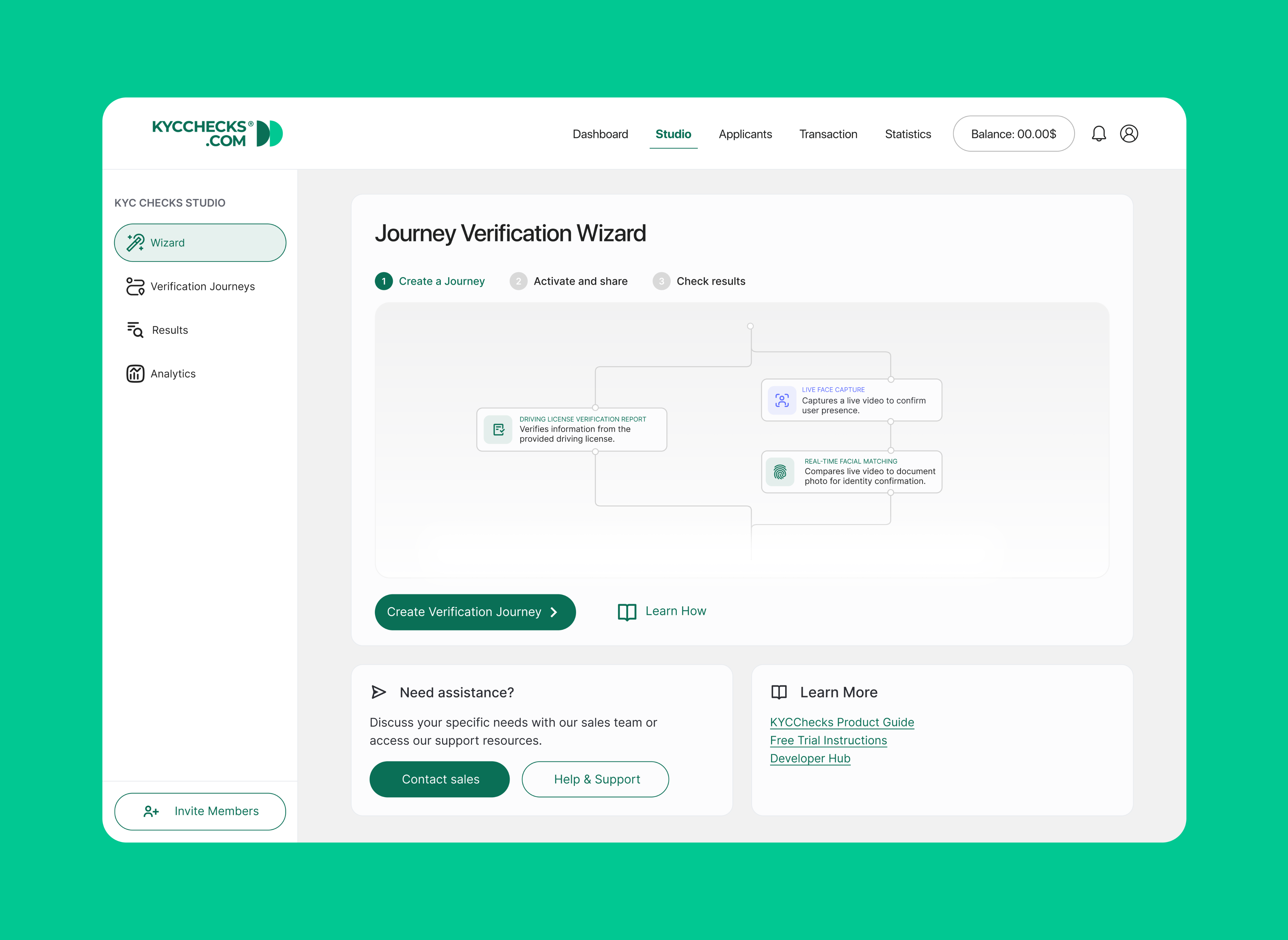EN
KYCChecks.com helps businesses simplify and automate their identity verification processes. But when I joined the project, the platform faced significant friction: both users and internal KYC teams were struggling with inefficiencies and unclear workflows. Our goal? Redesign the KYC journey to be faster, more transparent, and user-centered — turning a compliance burden into a competitive edge.
We mapped out the end-to-end experience and surfaced our key problem statements:
“How might we make identity verification intuitive for users, while empowering KYC teams to act efficiently and confidently?”
This set the stage for a solution focused on:
Reducing cognitive load for users.
Improving visibility of changes for checkers.
Increasing flexibility for internal workflows.
We ran fast-paced ideation sessions that included sketching Crazy 8s to quickly explore multiple UI and flow ideas,
prioritizing features like real-time progress indicators, visible field changes, and drag-and-drop customization.
We aligned on a solution that blends low-friction userflow with a modular builder for internal teams.
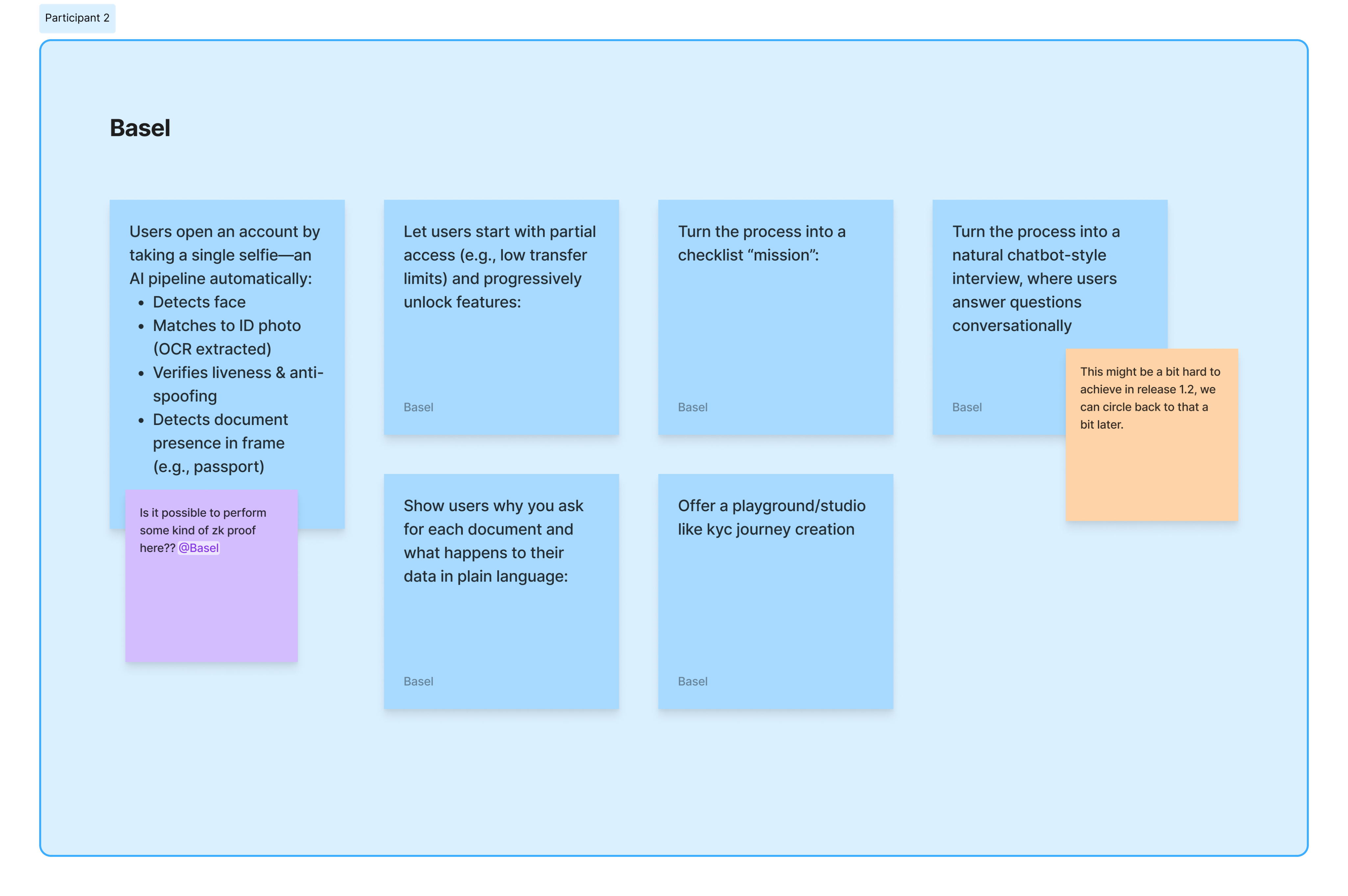
We storyboarded a full journey:
- A guided wizard for KYC officers.
- An intuitive studio workspace for KYC managers.
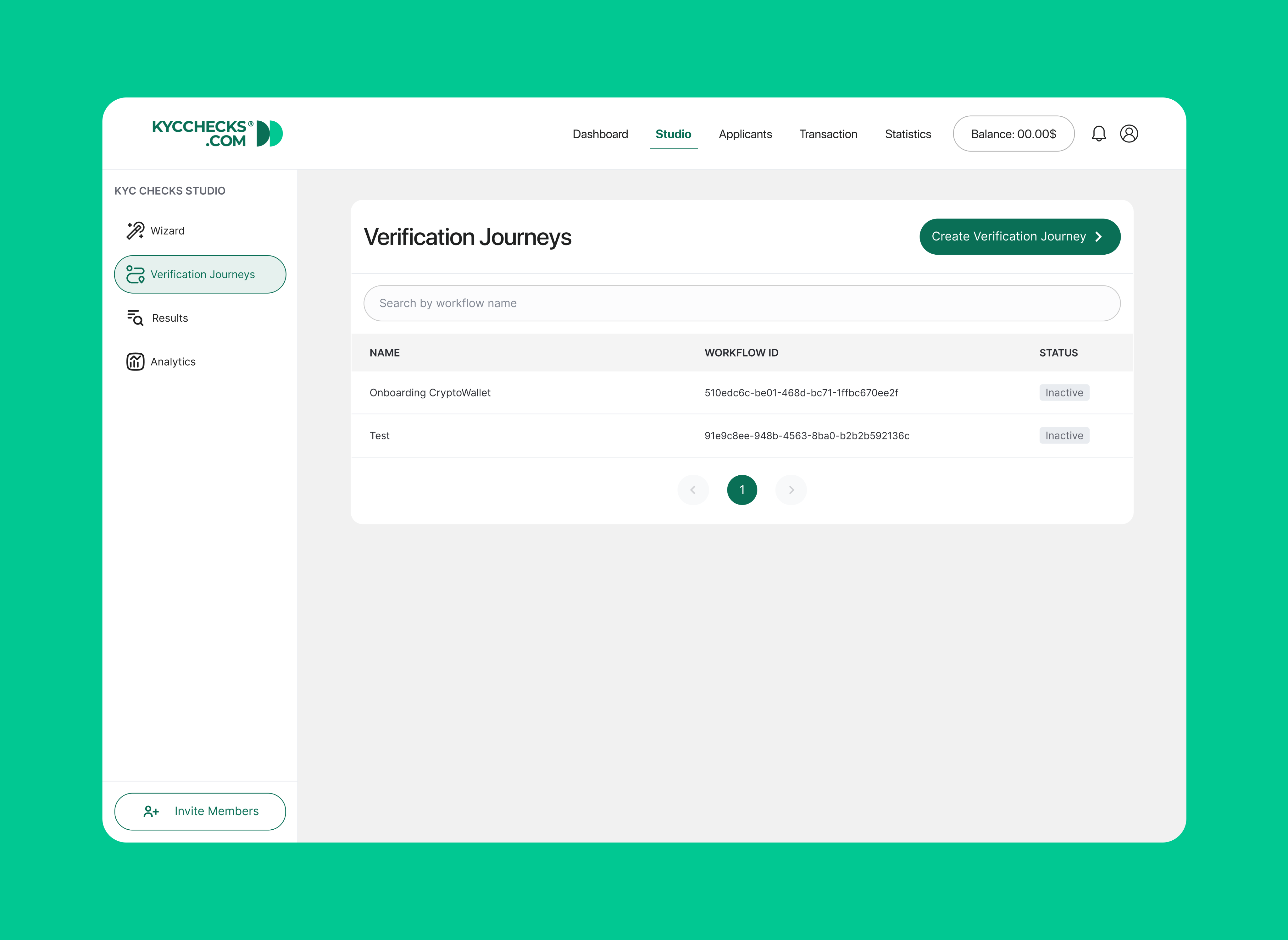
We created an interactive prototype featuring:
- Progress indicators for users.
- Change-highlighting system for Maker-Checker review.
- Drag-and-drop verification path builder.
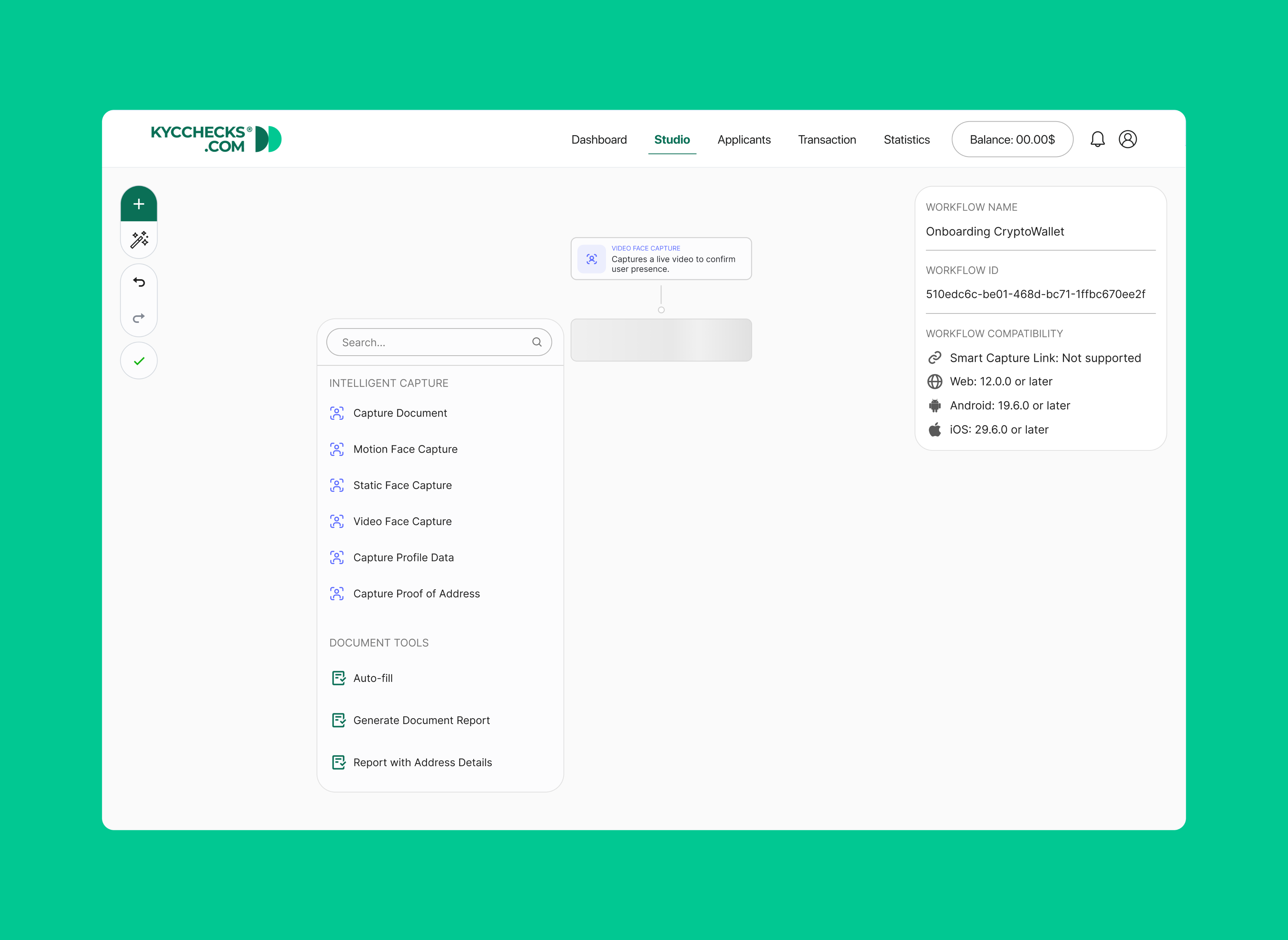
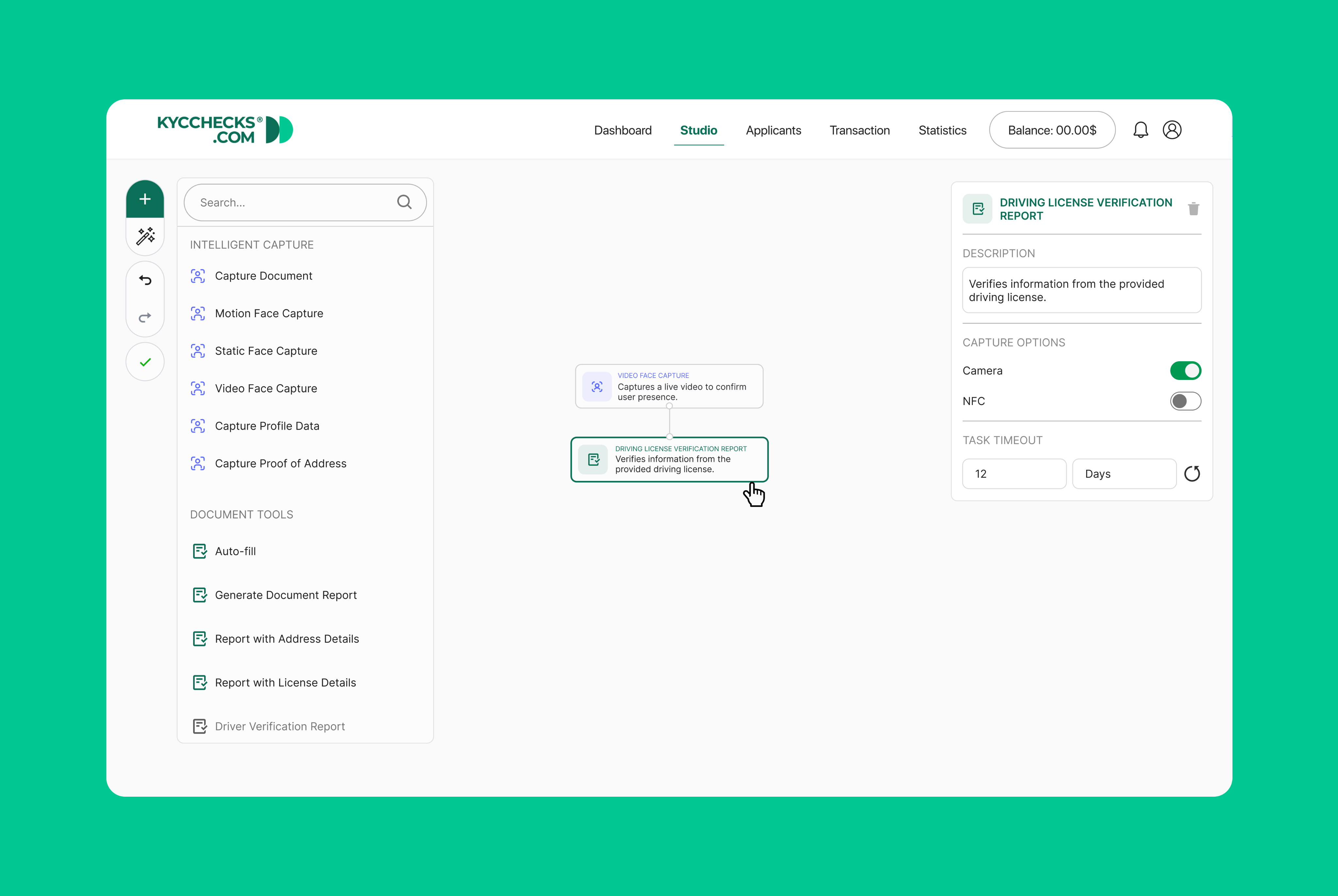
“It’s so much easier to follow now.”
“I can immediately tell what’s changed — this saves time.”
Introduction
KYCChecks.com helps businesses simplify and automate their identity verification processes. But when I joined the project, the platform faced significant friction: both users and internal KYC teams were struggling with inefficiencies and unclear workflows. Our goal? Redesign the KYC journey to be faster, more transparent, and user-centered — turning a compliance burden into a competitive edge.
We mapped out the end-to-end experience and surfaced our key problem statements:
“How might we make identity verification intuitive for users, while empowering KYC teams to act efficiently and confidently?”
This set the stage for a solution focused on:
Reducing cognitive load
for users.
Improving visibility of changes for checkers.
Increasing flexibility for internal workflows.
We ran fast-paced ideation sessions that included sketching Crazy 8s to quickly explore multiple UI and flow ideas,
prioritizing features like real-time progress indicators, visible field changes, and drag-and-drop customization.
We aligned on a solution that blends low-friction userflow with a modular builder for internal teams.

We storyboarded a full journey:
- A guided wizard for KYC officers.
- An intuitive studio workspace for KYC managers.

We created an interactive prototype featuring:
- Progress indicators for users.
- Change-highlighting system for Maker-Checker review.
- Drag-and-drop verification path builder.


“It’s so much easier to follow now.”
“I can immediately tell what’s changed — this saves time.”
EN
Introduction
KYCChecks.com helps businesses simplify and automate their identity verification processes. But when I joined the project, the platform faced significant friction: both users and internal KYC teams were struggling with inefficiencies and unclear workflows. Our goal? Redesign the KYC journey to be faster, more transparent, and user-centered — turning a compliance burden into a competitive edge.
Phase 1: Empathize (Understanding the Challenge)
We kicked off with user research and stakeholder alignment to understand pain points from both sides.
We conducted 5 semi-structured interviews with recently onboarded users to understand their first impressions, pain points, and mental models around the KYC flow. This helped us identify moments of confusion and emotional friction, especially around unclear document instructions and progress uncertainty.
- User interviews revealed confusion due to unclear instructions and frustrating tech errors. Users simply wanted to “get it done easily.”
- Workshops with KYC team uncovered bottlenecks in the Maker-Checker process, especially around identifying which fields had changed.
- Competitor analysis showed common pitfalls in the industry: clunky experiences, poor feedback loops, and rigid verification flows.
We mapped out the end-to-end experience and surfaced our key problem statements:
“How might we make identity verification intuitive for users, while empowering KYC teams to act efficiently and confidently?”
This set the stage for a solution focused on:
Reducing cognitive load
for users.
Improving visibility of changes for checkers.
Increasing flexibility for internal workflows.
We ran fast-paced ideation sessions that included sketching Crazy 8s to quickly explore multiple UI and flow ideas,
prioritizing features like real-time progress indicators, visible field changes, and drag-and-drop customization.
We aligned on a solution that blends low-friction userflow with a modular builder for internal teams.

We storyboarded a full journey:
- A guided wizard for KYC officers.
- An intuitive studio workspace for KYC managers.

We created an interactive prototype featuring:
- Progress indicators for users.
- Change-highlighting system for Maker-Checker review.
- Drag-and-drop verification path builder.


“It’s so much easier to follow now.”
“I can immediately tell what’s changed — this saves time.”
